It’s been a month since I’ve published anything on here; during that time my mind and body have been languishing in the summer heat and humidity. I have not been able to perform any sustained intellectual labor, having been hammered with fatigue and exhaustion. Again the Apostles’ Fast kicks my butt! It’s humid all the time, yet there’s been a drought. I’m tired all the time, yet I can’t sleep. There are too many hours of daylight! I’ll set my alarm for seven, wake up accidentally before then, see that it’s completely bright out, and be convinced I overslept my alarm. Nope, it just gets that bright out that early, even when nestled between two mountain ridges. Last year in summer, at the time of the Apostles’ Fast, I experienced a complete intellectual system failure, but then the overwhelming cause was my father’s health and related visits from family. Thank God, my father isn’t doing as bad as last year, but he is struggling more than usual, with little hope for improvement. The ground that he gained from his operation is deteriorating fast. Still, I haven’t been without time to do some literary work here or there, it would seem; I’ve just had no strength for anything beyond serving the people who are physically present in my life. It might be the case that I should come to expect my intellect to hibernate each summer going forward.
I may not be able to think or go two days without being incredibly exhausted, but regardless I have managed to do some stuff, some road trips to a few places. With great excitement that has been long in the making, I spent a day with a friend traveling around southern West Virginia, revisiting the mysterious petroglyphs I love so much for the first time in more than two decades. Plus, I was finally able to find the Horse Creek petroglyph (pictured above) for the first time, thanks to a tip from a friend I made through The Symbolic World.
I wrote about these petroglyphs, which are speculated to be written in the Ogham script common on ancient Irish monuments, while at seminary in 2005. It was for a course in American religious history. This long personal essay, entitled “Man from West Virginia” (posted on my website, with additional notes and commentary), poured out of me at a torrential pace because it had been a fascination of mine for years. It ended up being as long as my undergraduate thesis on Andrei Tarkovsky, which took me a long time and a lot of concentration to write, and yet this piece on the petroglyphs was just one paper I was writing amidst a bunch of other coursework.
I won’t retread the content of that essay here, but merely give an update and some expansions in a few places. The Horse Creek petroglyph was everything I had hoped it would be. Never having seen it in person before, I had tricked myself into thinking it must be quite smaller than it appears in pictures. But it wasn’t nearly as small as I had re-imagined it. Skirting along the creek, my friend and I walked past it at first, however, because we would have had to turn backwards to see it. So we saw the secondary petroglyph first, which was further along the same rock ledge. I had heard it mentioned in print, but had never seen it before (or at least don’t remember seeing it), even in a photograph. Here it is (below). The glyphs aren’t chalked, but they’re clearly of the same type as the other carvings. It’s on an uneven surface, so I present this, the secondary petroglyph at Horse Creek, from two slightly different angles:
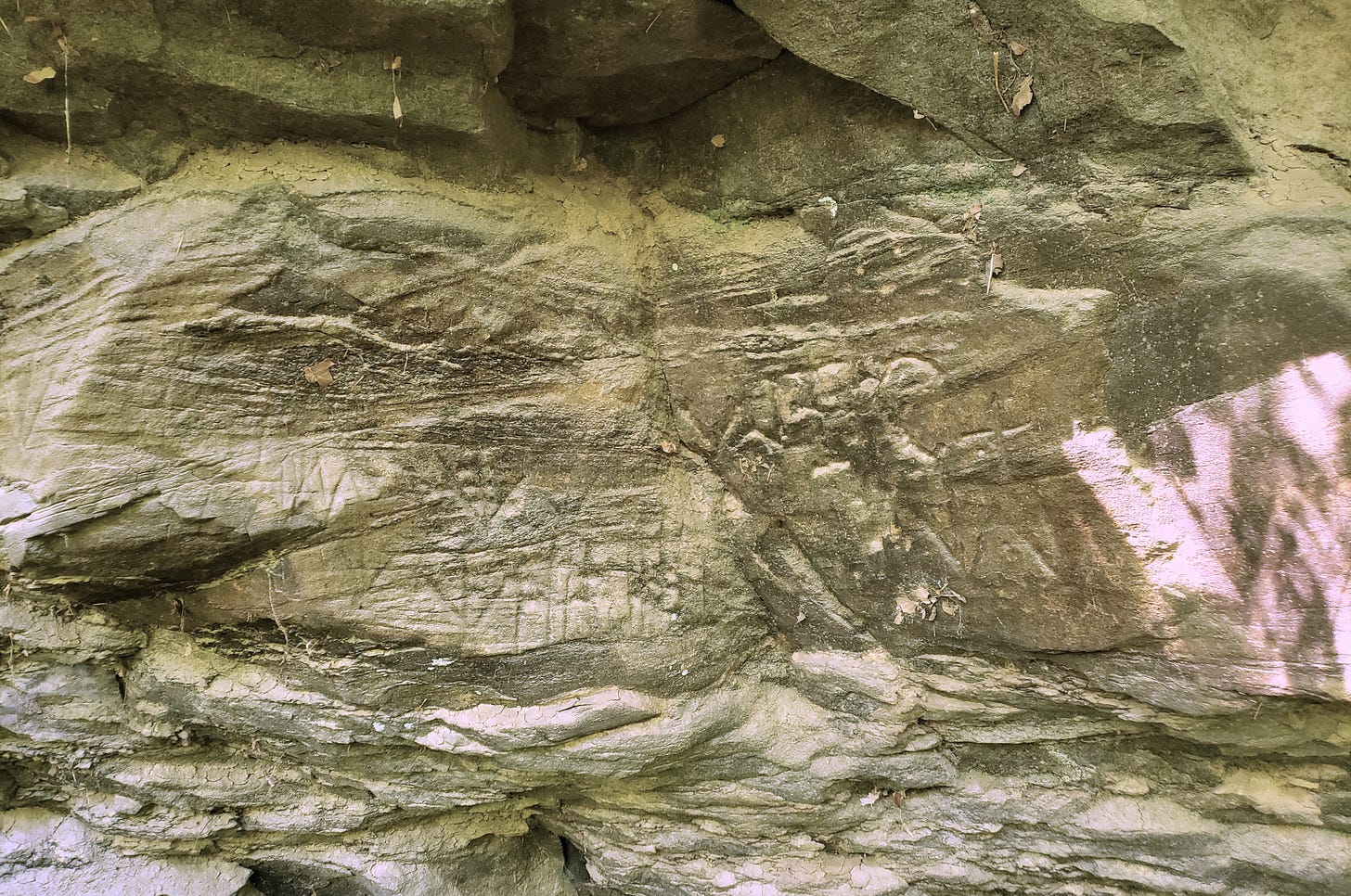

While I haven’t seen pictures of this one before, on the right side can be found an image that I have seen in outline and have long wondered about. Barry Fell included it in his original 1983 Wonderful West Virginia article (p. 14), writing,
On a rock face adjacent to the Dextera Dei (“right hand of God”) site occur two lines of script not yet deciphered. In the upper line occurs the well known symbol, I H C + (Figure F), used by the Western Church as a monogram of the name of Jesus. The letters are the first three Greek letters, IES, in the name “Iesos” (Jesus).
Here is the outline provided to Fell by Robert Pyle and Ida Jane Gallagher, as it was printed in Wonderful West Virginia with the caption that I repeat in quotation marks:
And here is a closeup photograph of those markings, unchalked. You can see it’s on a somewhat rough surface, but there are techniques for telling what is carved and what isn’t.
What is being identified as a capital iota (Ι) looks rather like a v-shaped check mark, or like a long division sign without the long horizontal part. The eta is something like a heta (Ͱ), an archaic variant of eta, but one where the bisecting dash curves down like a lowercase eta (η), indeed like the lowercase h used in Latin script. This is in fact a common way to present the eta in the IHC symbol in the medieval Western church (see image below), but I don’t know how early that style is. What’s being interpreted as a sigma, moreover, would be a lunate sigma (Ϲ), common for monograms and such, both east and west. Overall, having seen the carving myself now, I’d categorize this interpretation as plausible, especially when followed by a cross, and especially in conjunction with apparent chi-rho Christograms carved on other petroglyphs of the same type in the area, including the adjacent one, which I’ll describe presently.

Once my friend and I turned back from the IHC petroglyph, we came upon the main event, which seemed to jump up in front of us; it’s a wonder how we missed it the first time. The main Horse Creek petroglyph is the one with what looks very much like a chi and a rho (ΧΡ) with an alpha and an omega on either side of it (Α Ω — as in “I am the alpha and the omega; see Rev. 1:8, 21:6, 22:13). The letters appear on the right side of the panel. The whole petroglyph is pictured above as the post’s lead image, but here is a closer look at the alleged Greek letters:
Closer:
Honestly, I don’t have full confidence in the shape being identified as an omega (Ω). I have to put a little faith in the traced outline presented in Wonderful West Virginia, in which it’s clear, and which to my knowledge has not been disputed:
The setting is a stream bank under a rock overhang. It would be a cozy and convenient place to live, provided you weren’t competing with too many other critters for the spot. It’s easy to imagine the artist lounging on the ground as he did the rigorous work of cutting lines in rock that would last a dozen-some centuries, or however old it really is. Here is the view of the creek that the petroglyph is facing; judging by the banks, it must run much higher in winter:
Sitting in front of this ancient masterpiece after all these years of dreaming about it was such a humongous blessing. It’s mysterious as all get-out. We do not know what it means or who carved it. I can fantasize about some pre-Columbian Christians being responsible — Irish apostles uttering the Lord’s name in my homeland for the first time — but there has been no divine revelation, nor is there anything near rational certainty, confirming that this is the case. What we know is that some human carved this with great care and intention, and in the composition there is a natural balance and flow that I find so impressive and so captivatingly beautiful.
That was our last stop of the day, the grand finale. Before then we went to the Luther Elkins petroglyph (aka the Wyoming County petroglyph) made infamous for a dubious translation proclaiming an ancient Christmas message written in the Irish language with Ogham script. Zero stock is to be placed in the especially fanciful translation, but the identification of Ogham script and chi rho symbols remains as tantalizing as ever. Modest development has occurred in the neighborhood of this prehistoric monument in the last two decades, but from what I could see it has been for the better. Primarily, what had been an ugly nearby industrial site has been largely reclaimed by nature, but with a new home added on the near side of the train tracks. In December 2001 I had parked just across the tracks in a valley of gravel and machinery. This June, on the Friday after Ascension, I parked almost in the same place, but it was next to a vegetable garden in an otherwise wild green valley. And it being summer, the path up to the petroglyph from the railroad tracks was a thick, tangled wood. It was here that I slipped and on a downed tree limb busted open a large piece of my shin — a souvenir from my visit that I’ve decided is a gift to be thankful for, not an injury to be regretted. I expect the scar to be a visible reminder of the pilgrimage for a long time to come.
Here is the condition I found this old beaut in. It had been chalked, but only semi-recently:
I see in its composition the same kind of left-to-right flow as in the others we’ve looked at so far. There’s something like an historiated initial on the far left, as on a page of illuminated text — here the so-called “sunburst” symbol — or elsewhere the simple crow’s foot symbol on the secondary Horse Creek petroglyph, or the so-called “hand of God” images on the main Horse Creek petroglyph. And in all three cases there are plausible monograms of Christ on the right side of the message, towards the end, in the form of either a chi rho or an IHC+.
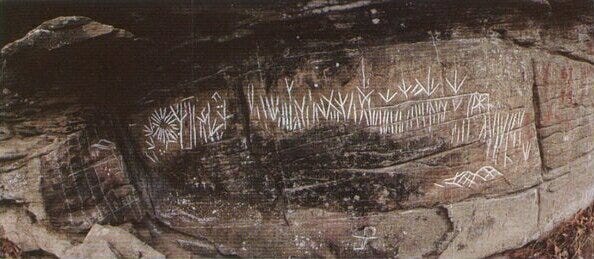
I’ve always loved best of all the seeming chi-rho Christogram at the bottom of this ’glyph, set apart from the other markings and more deeply inscribed, as if calling attention to its importance because the artist would have had to spend more time carving it. Thinking about it now, I wonder if the horizontal foot of this symbol isn’t unlike the check mark–like extension to the supposed iota in the Horse Creek IHC Christogram.
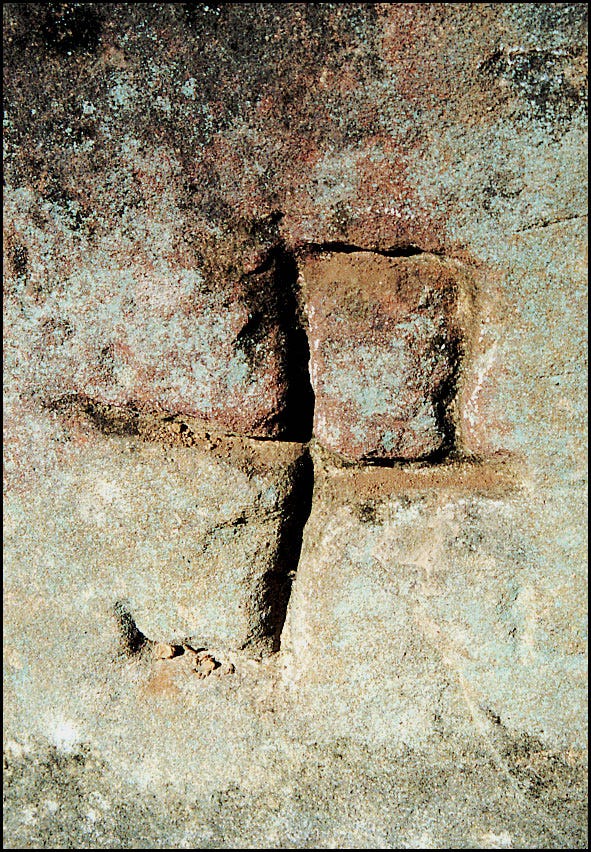
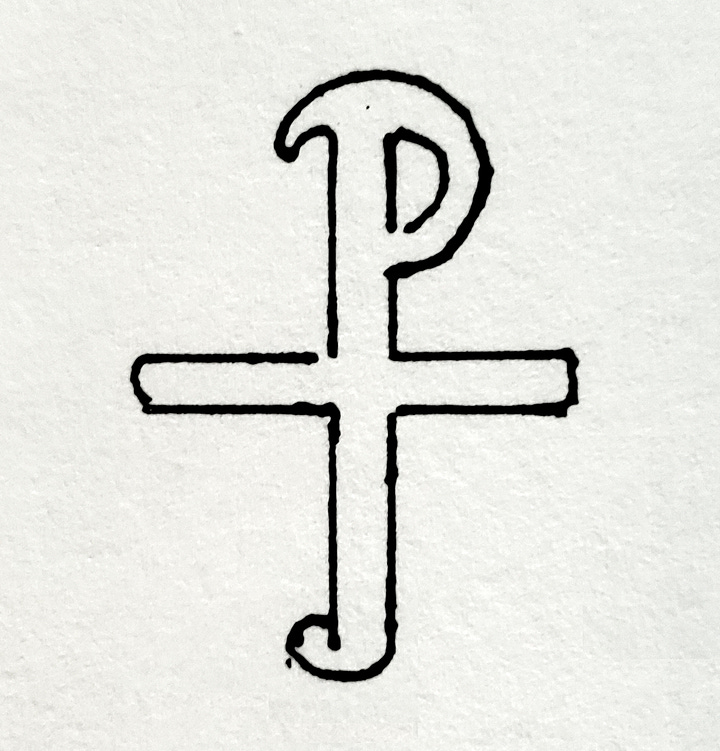
Moving on, we next located the Cook site petroglyph, which I thought would be easy but which proved to be a special challenge. Before we reached the Luther Elkins petroglyph next to the town of Oceana, we drove on the road somewhere along which I knew the Cook site petroglyph was, only I saw nothing of the familiar environs. Returning from Oceana upon the same road, I looked again but couldn’t find the property. The Cook site was where the body was discovered buried in an ancient grave, potentially the remains of someone affiliated with the petroglyphs. I wrote about this in the essay I mentioned; he’s the titular “Man from West Virginia.” So it was important to me to return to this site. Where did it go?
I stopped first in the post office. The worker there didn’t know anything about it, nor did the man she asked who came to pick up his mail. She suggested we try asking at the little store a few houses down the road. There were a bunch of local women hanging out in there. While very welcoming and willing to help, none of them knew anything about the petroglyph nor of the prehistoric grave, even though these sites were just three miles down the road, I would later determine. I could ask them about Lowell Cook, though, and they remembered him. Lowell Cook was the kindly old man who in December 2001 invited me and two others onto his property to see the petroglyph and the spot a little farther along the rock ledge where the body had been discovered, exhumed, and reinterred. He was the one who showed me a picture of the Orthodox monks from Holy Cross Hermitage who had served a panikhida at the time of reburial, just two months before my arrival. Here’s a picture of Cook that I took the day I met him:
Lowell Cook was very proud of his land, which featured what was surely one of the nicest homes in the area, a white two-story house. The property had been in his family since the Civil War, he said, and he was born there in 1930 (seventy-one years prior). If the locals didn’t know about the petroglyph, I thought surely they would remember this man and where he lived. As happens in rural settings, there were lots of Cooks in the area, and more than one Lowell Cook. I had pictures on me, so I was able to confirm who the man is whose property I was looking for. They knew him by the nickname Rass. He had died several years ago (2016 to be exact, according to his obituary), and when he did, the coal company bought up his property and put it to their own use, leveling all the buildings that had been there. This is why I drove past the place not in the least recognizing it. Here is a photograph I took of the property in 2001, specifically to help me find it again one day:
Here’s about what that land looks like now:
I didn’t take proper pictures of the coal site when I was there last month, so I rip these images (the one above and the one below) from Google Earth. They were captured in August 2021 but match basically what I remember seeing when I drove by.
Despite the development, I knew the petroglyph and gravesite must still be there. There’s no way the mining company would be allowed to disturb them. They were in fact there, just covered over by a lot of unkept vegetation. This is a shot of the gravesite that I took in December 2001, under the rock ledge where my muddy footprints come from:
And here it is in June 2024, from a slightly different angle:
I had driven past it not even seeing the rock ledge. The petroglyph, meanwhile, is located down the same rock ledge to the left. It sits a bit farther back from the road; through the trees and bushes, I had no chance of seeing it while driving by. From its view there had in simpler times (three months after 9/11) been a trailer home across the street:
Now that trailer’s land is a parking lot for the mining company employees. From the petroglyph’s view, this last time that I went, there was so much intervening greenery that I had to walk a good deal towards the road in order to approximate the same photo and peek at a parked truck. You can see the little mountain in the background is the same:
To turn towards the petroglyph now, here’s Lowell “Rass” Cook pointing it out to me in 2001:
Here he helpfully poses with his hand to give scale to the so-called boat rebus, allegedly with a chi rho on the sail:
It had been chalked but not recently when I visited in 2001, but in 2024 there was no chalk in it at all:
Here’s a wide shot of what I encountered a month ago:
You can see there in the upper lefthand corner, set apart from the rest of the panel, two apparent crosses. Here’s a close-up of them, chalked, from my visit in 2001:
There was another thing that Cook showed me and his other two guests, something that has loomed large in my imagination, though it’s about the size of a thick loaf of bread. He had this stone which he brought out from the shop in his backyard. It was something that had been discovered on his property he couldn’t say when. It was just something that had always been around, and the impression was that it was related to the ancient petroglyphs. Here it is, set down on the ground, from two different angles, as photographed by me in 2001:

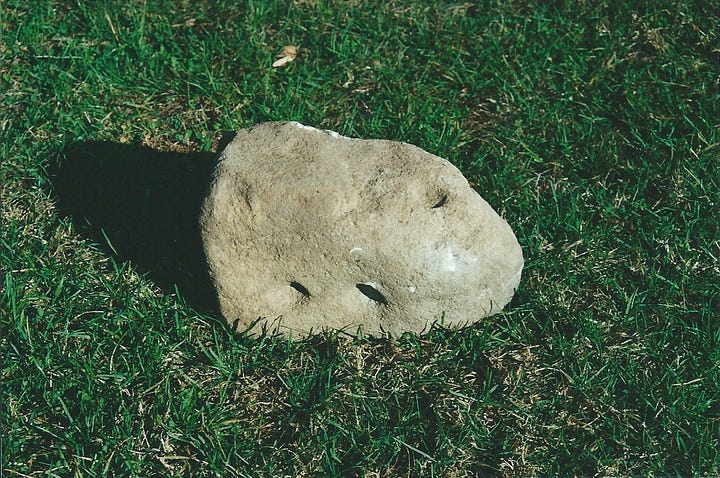
So it has these cup-shaped holes bored in it, two on one side, and one on an adjacent side. It’s unknown what these hemispherical divots are for, or how old the artifact is. But if it were found in Ireland, those holes would immediately be identified as bullauns. According to this helpful “Old European culture” blog post on the topic from 2014, such rocks with holes are understood in the Americas as acorn-grinding stones. But in Ireland they are called bullauns and are thought to have spiritual properties — they’re among the thin places. (As they’re frequently filled with water, Paul Kingsnorth writes about them in his holy wells series here, featuring another one of them here.) Indeed such stones are found throughout Northern Europe and even down into the Balkans. Here is a bullaun stone from Serbia:
I could show one from Ireland too, but it would look much the same as that — and which one would I show? Here’s an archeological map of the Republic of Ireland marking the locations of registered bullaun stones:
At the end of the day, then, the question lingered with me as I drove away from these magical, mythical places in southern West Virginia that I love so dearly: What happened to Lowell Cook’s bullaun stone?





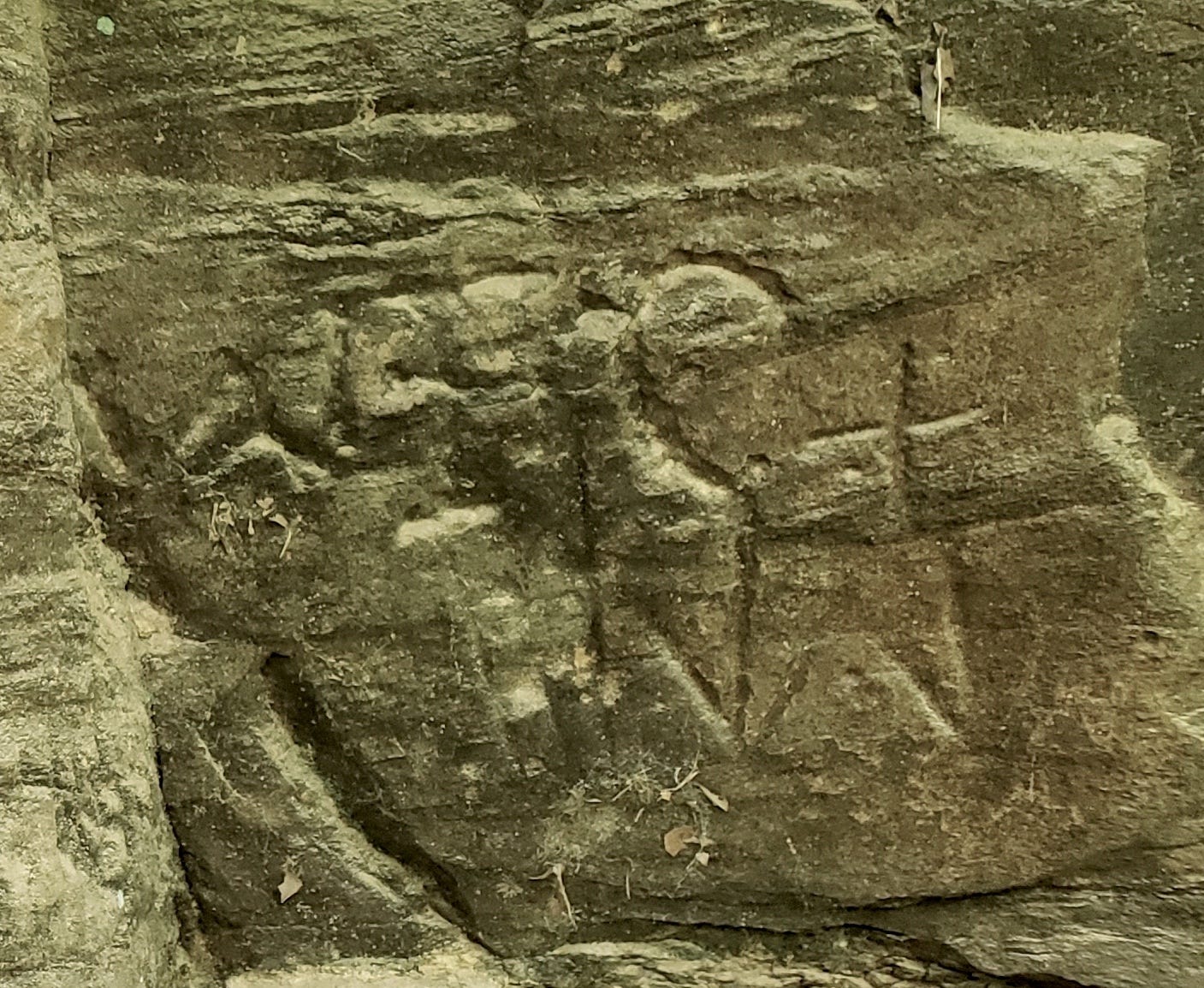


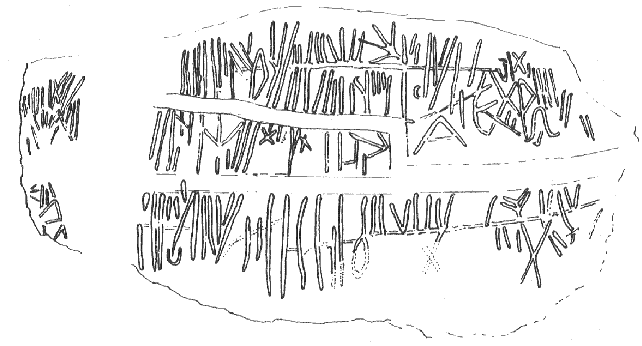

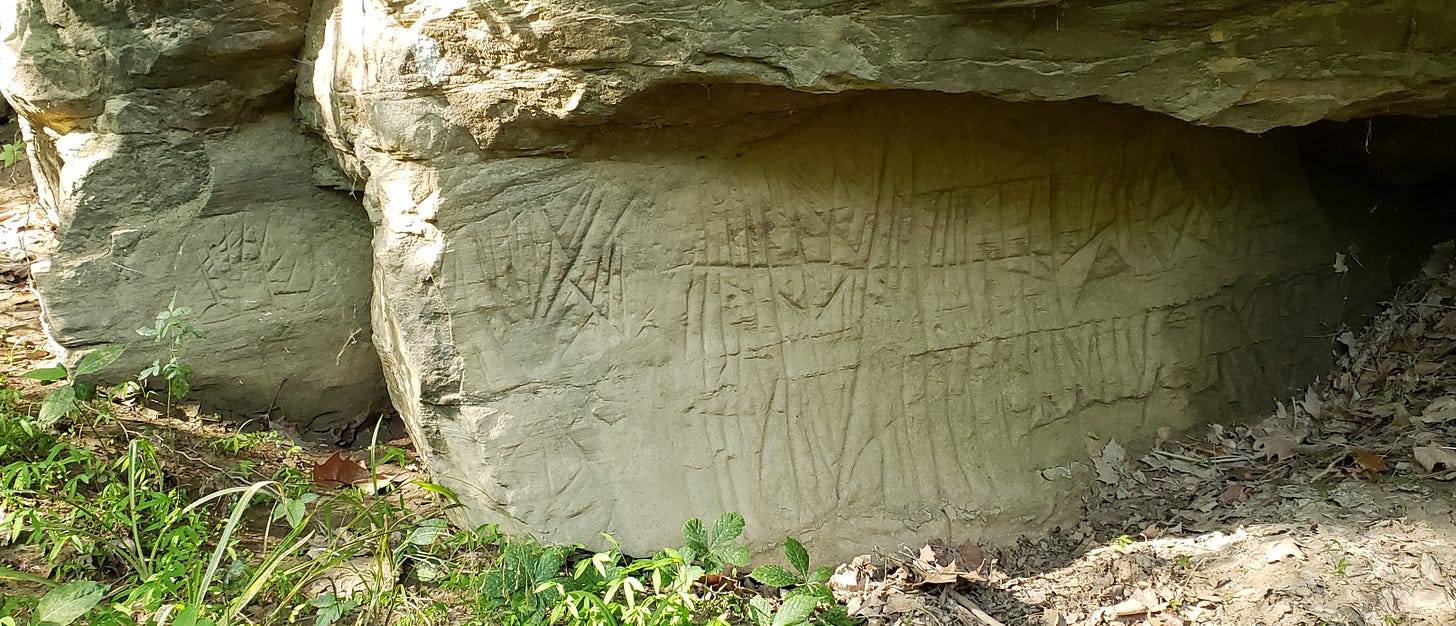
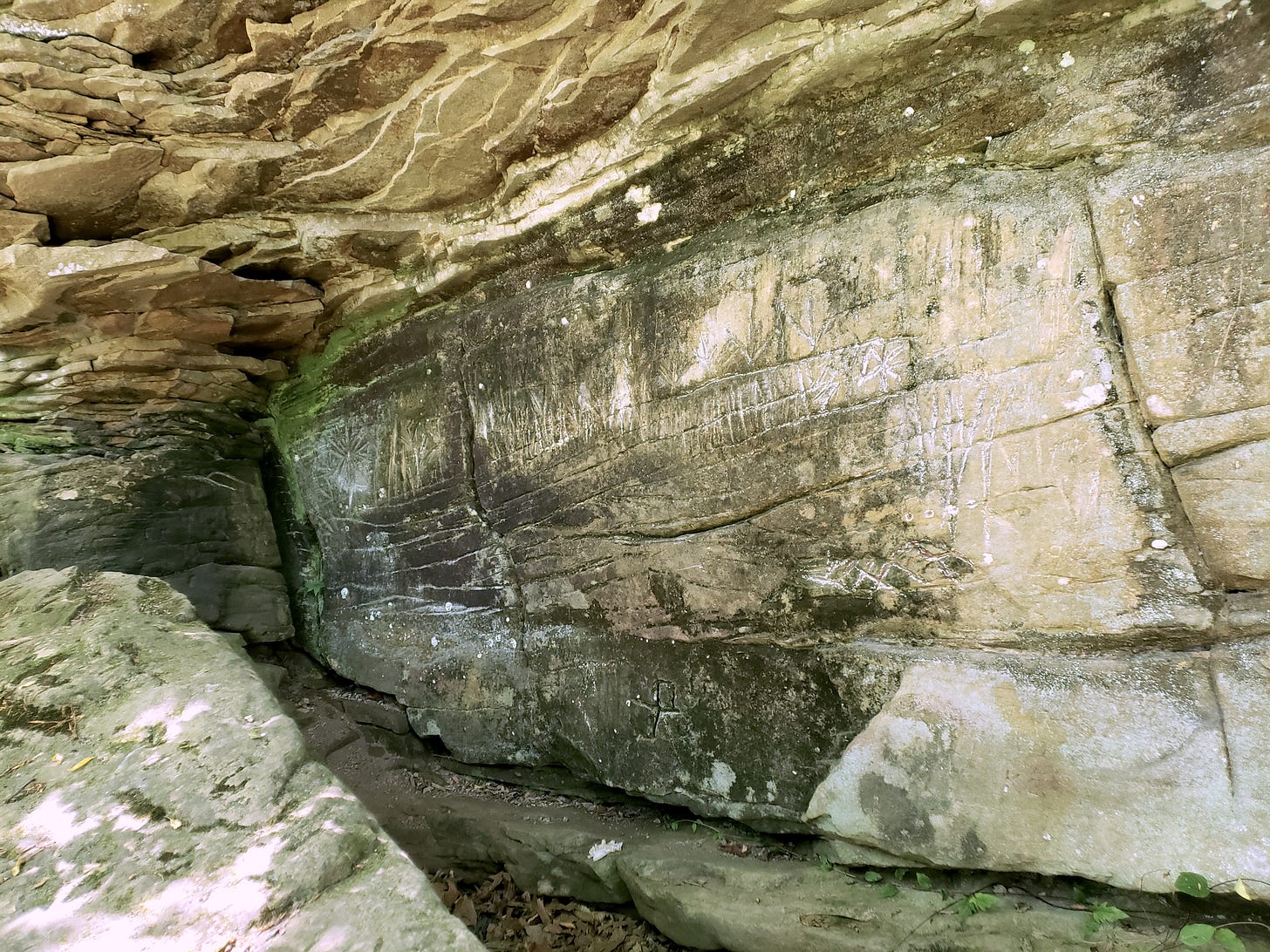




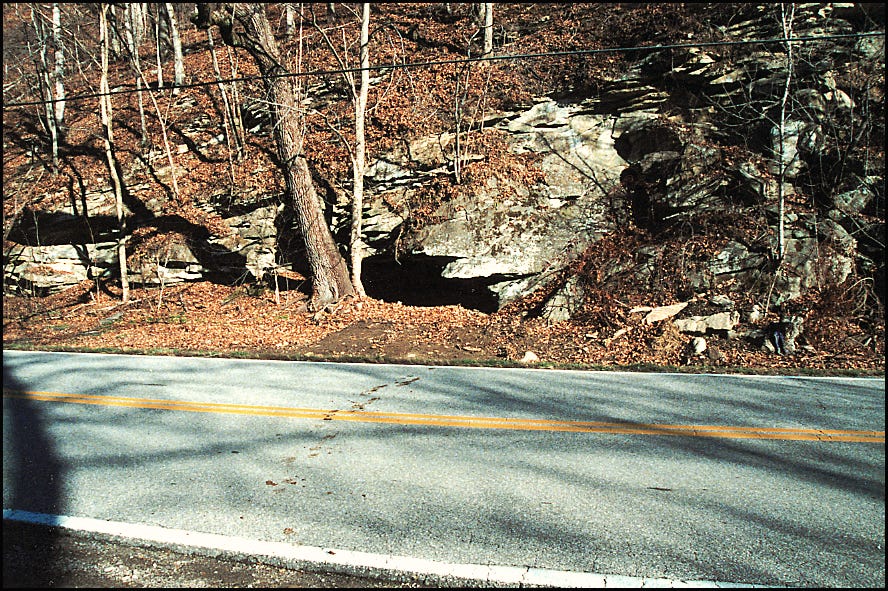

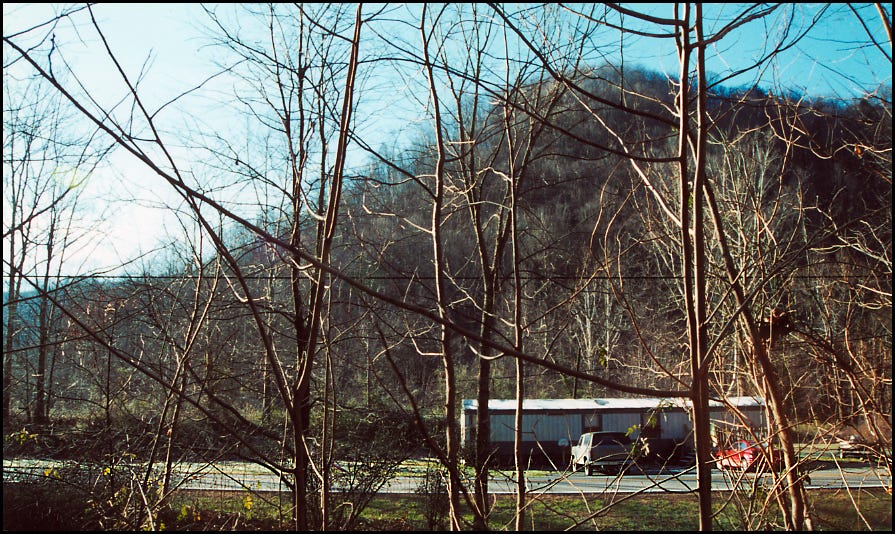


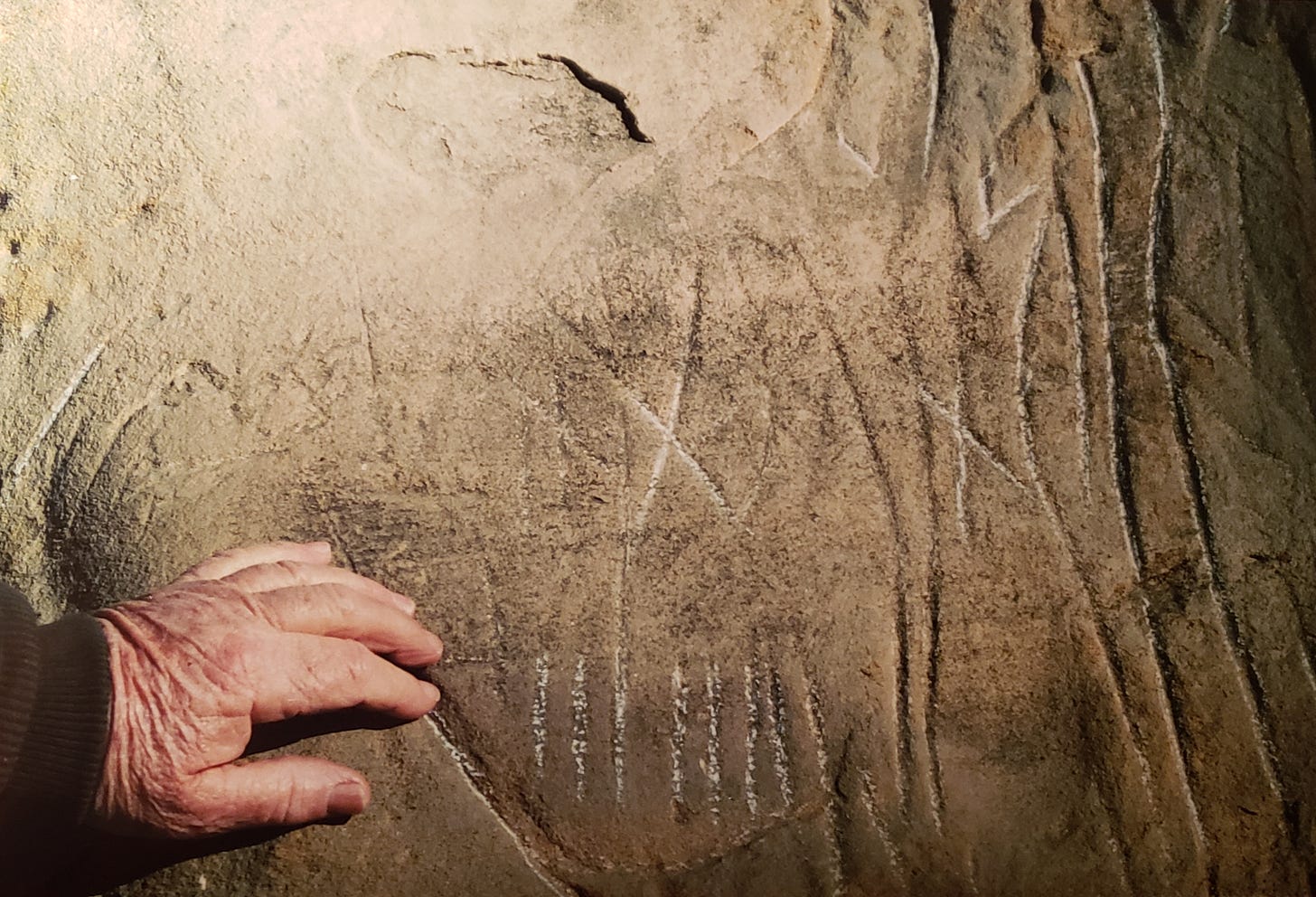
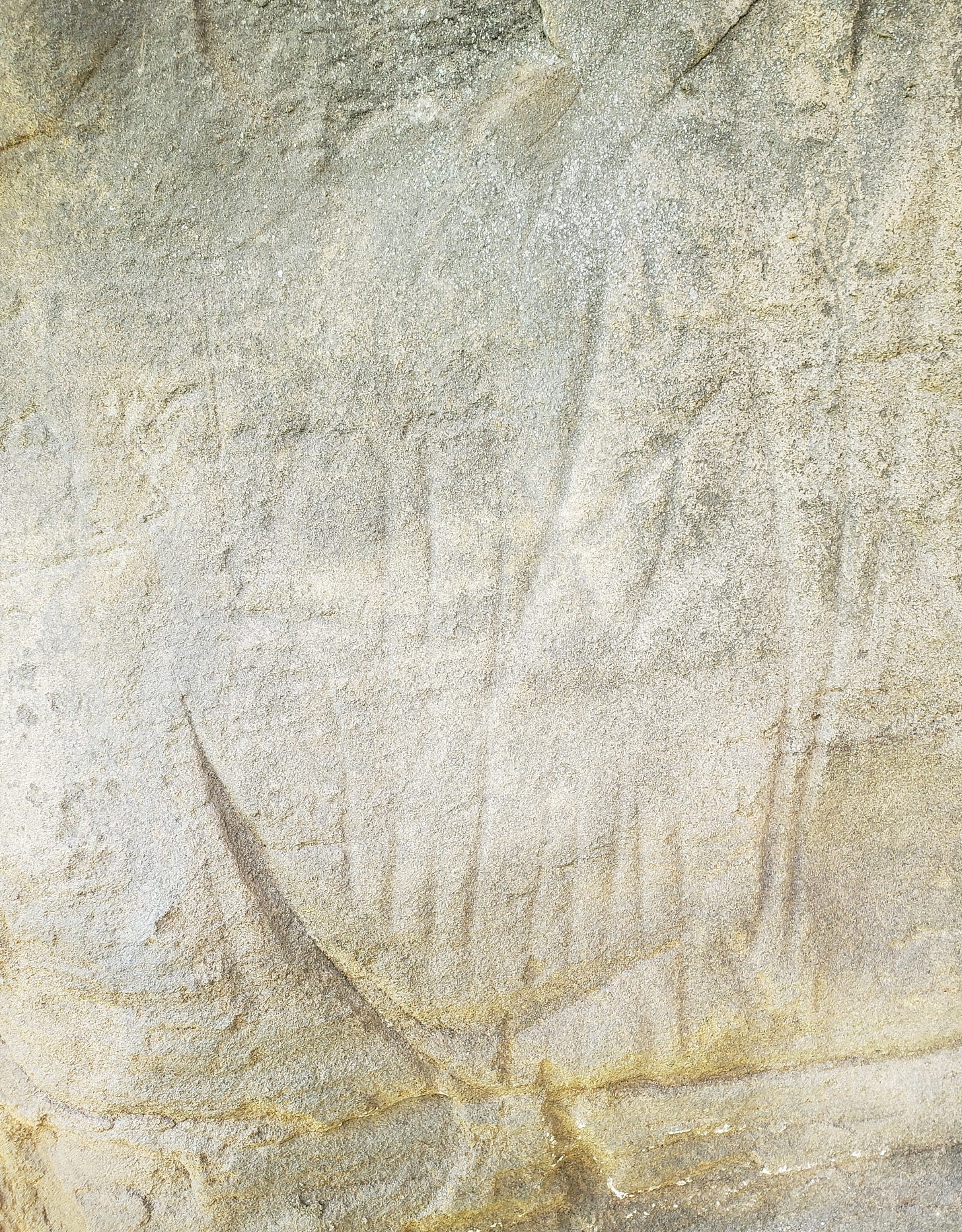
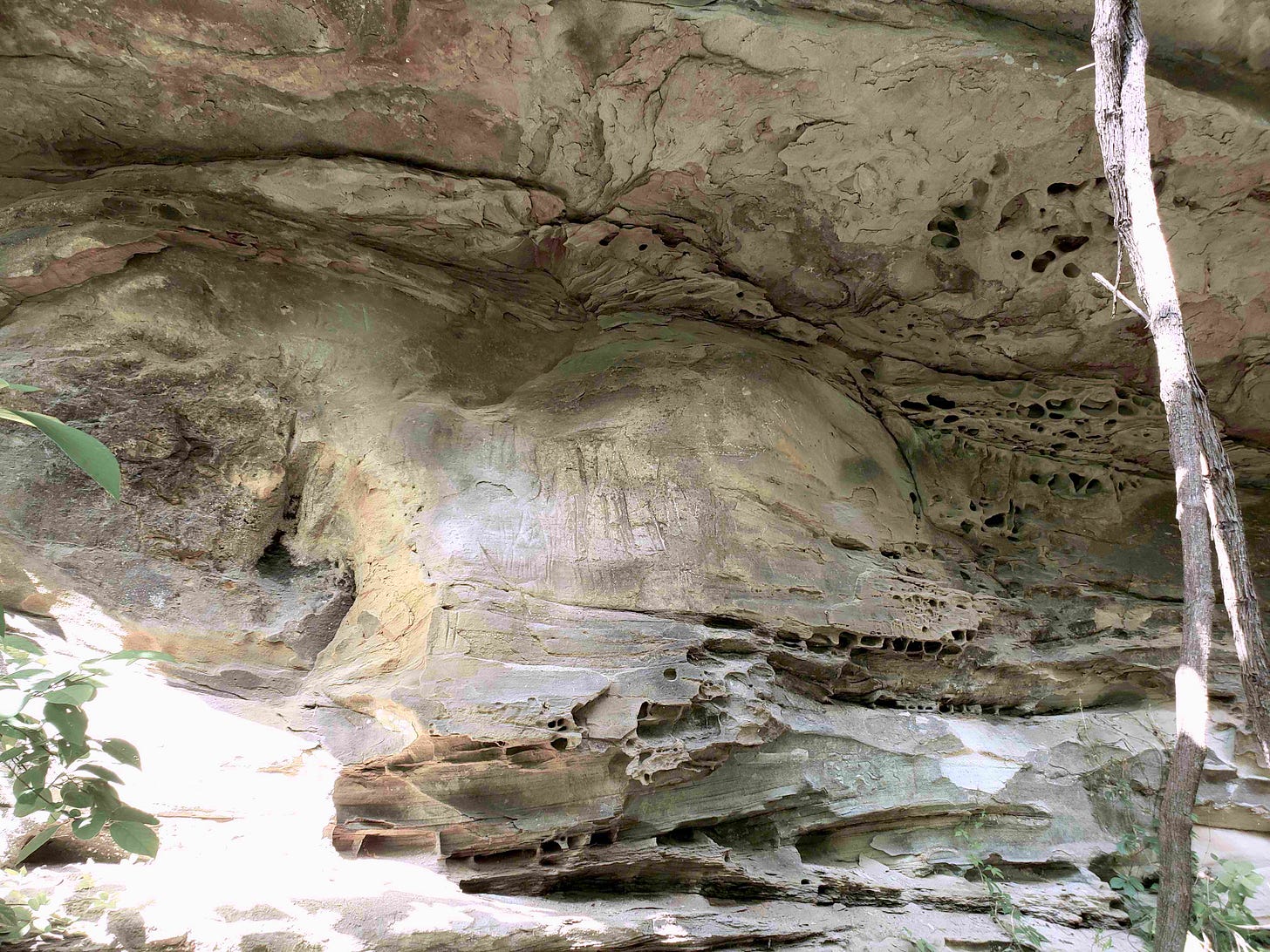
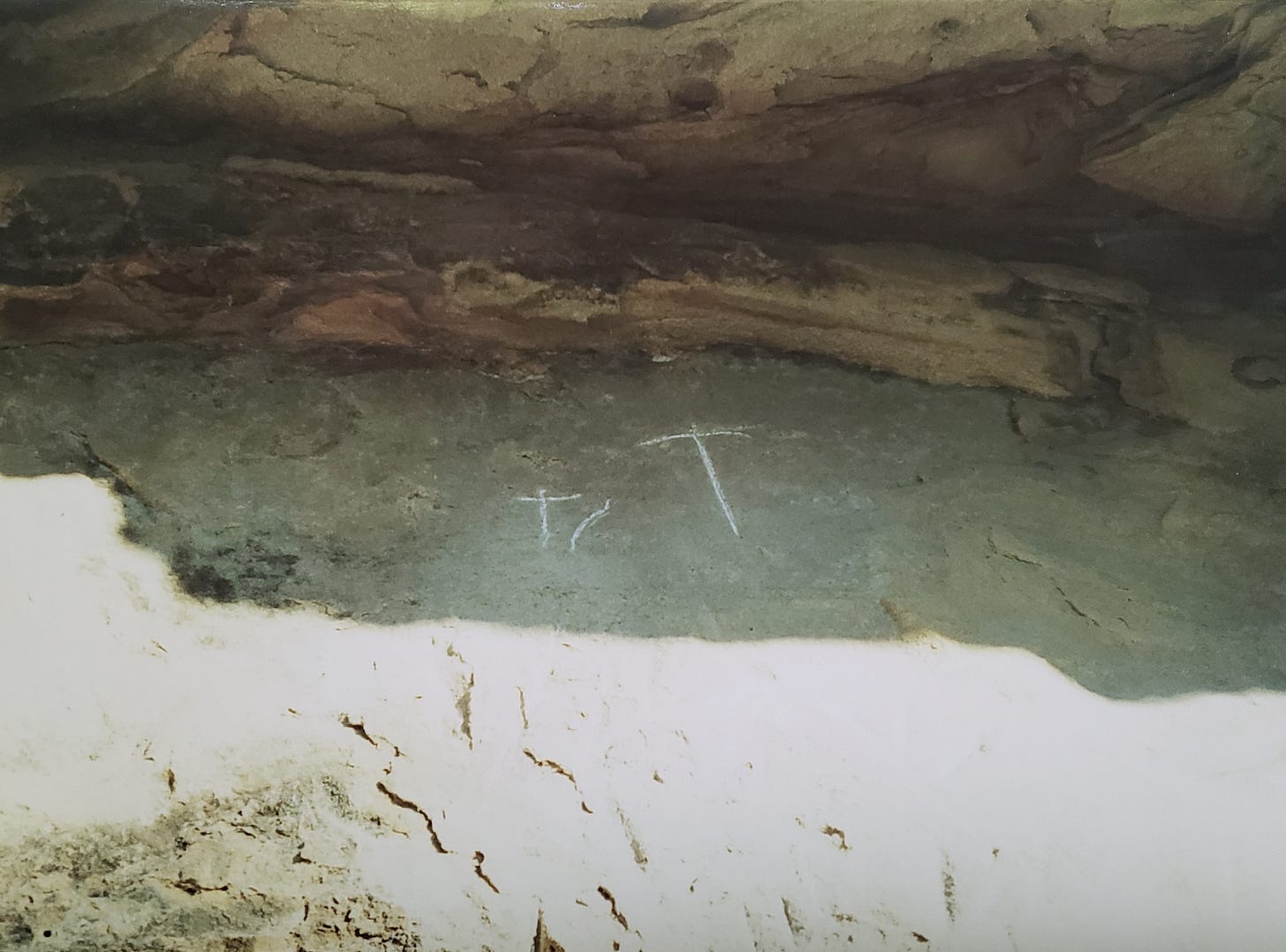
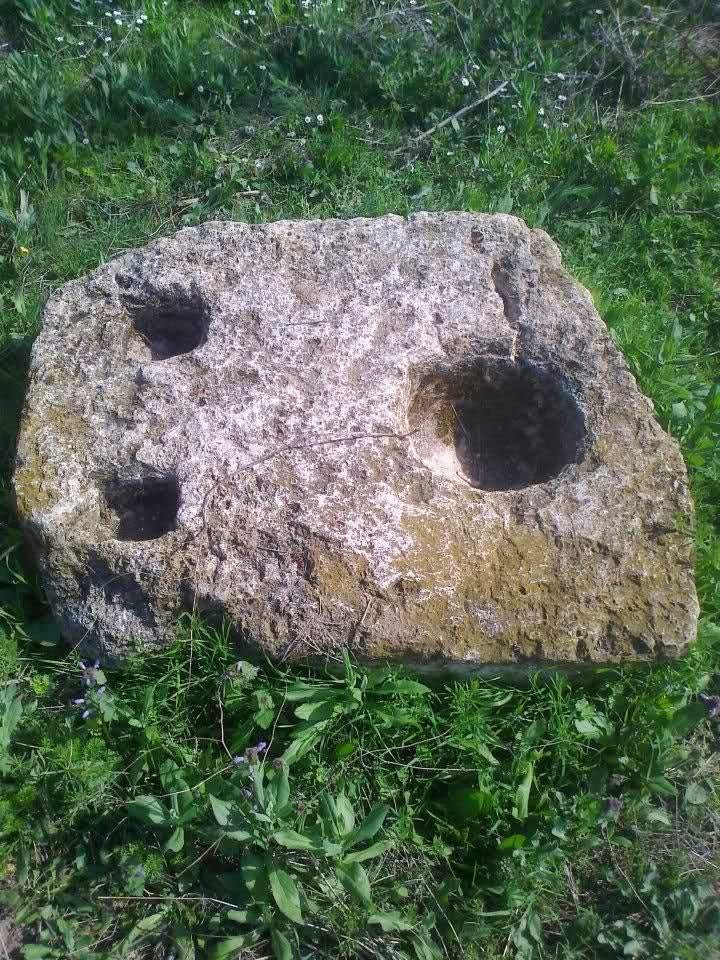
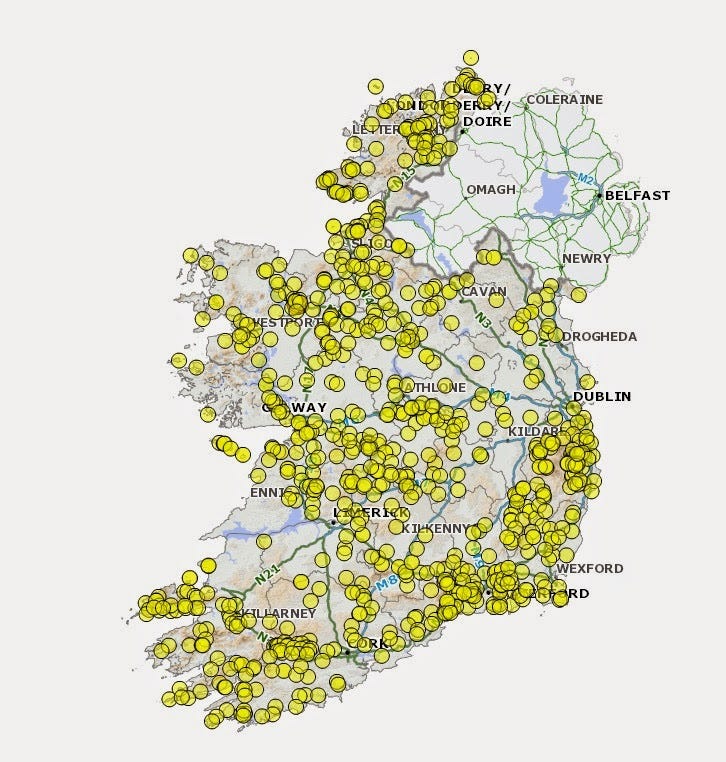

Thanks for writing this Cormac! It was good to read about your adventure. I had no idea the Cook residence had been dismantled by the mines. I’m glad you’ve written about all this and provided photos.